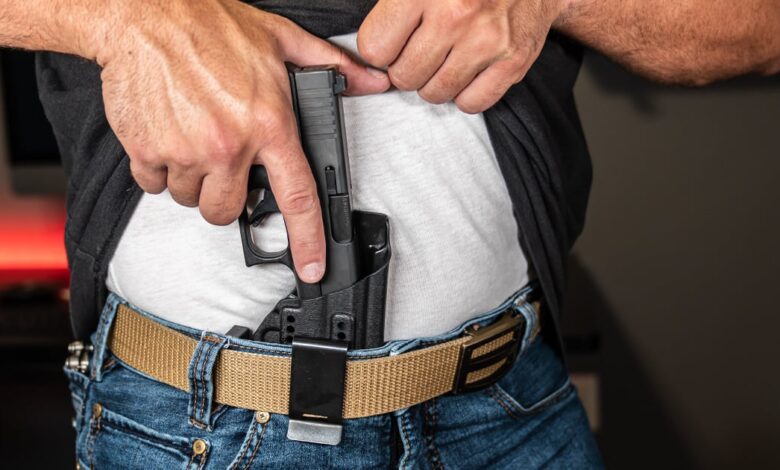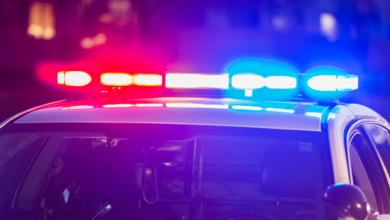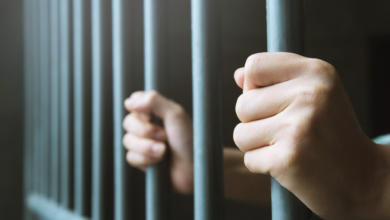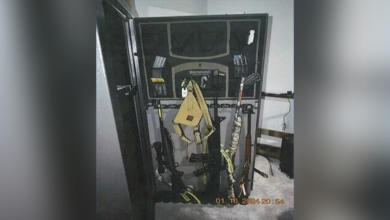The Essential Skill of Re-Holstering

Anyone who works on public ranges, and any firearms instructor or avid competitive shooter, will likely tell you this truth: the most dangerous action shooters perform is re-holstering the gun. Most negligent discharges that result in self-injury certainly result from re-holstering in a dangerous manner. With such statistics, one might presume that a lot of attention in training would go towards re-holstering safely. Incredibly, I have found very little instructional time dedicated to this task in the many training classes I have attended.
As a teacher of defensive pistol, I address the safe and proper way to re-holster the gun before moving on to any further work from the holster. No matter the level of the class, from beginners to advanced practitioners, this skill should be covered extensively. Perhaps it seems basic and administrative in nature, but many instructors gloss over it. A strict procedure should dictate the manner in which the shooter re-holsters the gun every single time. This act becomes even more potentially dangerous when re-holstering a concealed gun under a cover garment.
The need for a practiced re-holstering procedure goes far beyond just appeasing safety officers at a range. The ability to re-holster the gun, while under incredible duress during a violent situation, is of great importance. For those who argue, “Don’t re-holster if the scene is still dangerous,” I would counter that, in this day and age of many armed citizens in many locations, along with a police force conditioned to shoot on sight someone holding a gun when responding to active killer threats, that being able to efficiently and safely re-holster is important, even in the immediate wake of using force.
Essential Considerations for the Re-Holstering Task
To begin with, it is imperative to be mentally switched on when handling firearms, and re-holstering demands every bit of your attention. One must not become complacent when handling guns. After the shooting task is complete, one should only re-holster when that deliberate decision is made. Well-known firearms instructor and pistol Guru, the late Todd Lewis Green, encouraged coming to a “hard mental break” when deciding to re-holster. The previous task is finished, whatever that particular task was, and now the decision is made to re-holster the pistol.
The Re-holstering Process:
First, the trigger finger should be high on the gun’s slide at any time shooter is not firing, and this proves eminently important when re-holstering. Before re-holstering, mentally and visually verify that the trigger is high on the slide of the gun. Many negligent discharges during the re-holstering process have been a result of a finger still in the trigger guard.
Second, visually verify that the holster entrance is free from obstruction. Be sure that no shirt tails, drawstrings, or other potential hazards have occluded the holster opening.
Third, guide the muzzle of the gun back to the holster without flagging your own body, or anyone around you. If re-holstering on strong-side-hip, a slight tilt in the hips toward the gun side will position the holster so that the muzzle does not sweep your leg or foot when re-holstering. If putting the gun back in an appendix position holster, a slight rock forward of the hips, with a step-back of the dominant leg, will position the holster so that you can place the gun in it without flagging your feet or legs.
Fourth, gently slide the gun into the holster. Do not quickly snap it in, and do not continue to push the gun into the holster if you feel any resistance.
A Life Skill for the Concealed Carrier
Safe re-holstering is not confined to the shooting range. The ability to re-holster in this safe manner applies to any situation in which a gun must come out and then must be put away. For example, if you are forced to draw the gun in a self-defense situation, most such incidents end without shots being fired, and you will need to put your gun away while under significant duress. During such a crisis, you will want a well-practiced procedure for re-holstering so as not to shoot yourself during such a stressful event.
Re-holstering under any circumstances should be a deliberate action. Once the decision is made, the procedure for safely putting the gun away must be followed every time, without failure, in order to avoid a catastrophic event. The procedure can be done fairly quickly if necessary, but must not be rushed, and it must be a controlled and intentional action.
A great way to hone this skill is in dry practice with a blue gun or a safely cleared gun while in your designated dry fire area. Learn this skill well, as it is imperative to safe gun handling.
Read the full article here






